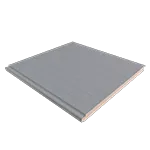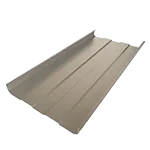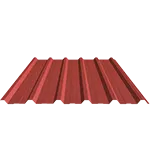The challenge of building with more efficient systems, with shorter execution times and lower costs, has been a constant throughout the years in progressive societies.
Since the 50’s some of the great European filmmakers reflected this state of search in different areas of everyday life of society at that time, something that was also reflected in construction.
Understanding the importance of research into new systems, the demand for ever larger buildings adapted to specific needs, has led to the development of new construction processes and materials. Creativity, research, design, and innovation in construction, at the service of the culture of our time.
Culture constrast
Adriano Aprà, born in 1940 in Rome, Lazio, Italy is considered one of the best historical specialists in Italian filmography. As a venerable critic, Adriano refers to the “Viaggio a Italia” that Roberto Rossellini premiered in 1954 as the proof of a theorem on the relationship between two types of culture. A film that narrates the latent crisis of a typical English couple, characterized by Ingrid Bergman and George Sanders during a trip to Naples, Italy, where the cultural clash between the English family and Italian society is brutal.
For Rossellini, an Italian national but married for a few years to Bergman of Swedish origin, he said that northern societies are characterized by a culture of making fabrics and clothes where efficiency prevails to protect themselves from the cold. While in southern European societies, fabrics tend to be more “free”, where human warmth takes precedence over efficiency, giving way to the freedom of movement of the human body.
The construction systems of society in the northern hemisphere, in which energy efficiency prevails, with their highly efficient envelopes and triple-glazed windows, are designed to maximize energy savings during harsh winters. Whereas, in societies with hot climates, special care for the selection of building materials is not usual.
Prefabricated Materials can be an alternative
Everything that Rossellini said may seem like prejudgment or categorizing. But until this day we can all agree on that these type of judgement remain deeply rooted. This is increasingly demonstrated not only in movies and in expresions of our cultures, but also in building systems.
The old continent shows ancient buildings, perhaps only surpassed in age by some Asian countries. 100-year-old buildings, which in the US or some Latin American countries can be considered as part of the historical heritage, in Europe (those that were saved from both world wars) are one more of the residential buildings next to my apartment in Madrid, where I moved a few years ago. These centennial structures are just one more fiber in the urban fabric of many European cities.
Optimistic and curious
Somebody once told me: “how wonderful to be an architect and to have the possibility of building something that will last for many, many years”. Immediately this came to mind: “that is a great responsibility!” A great architect, Sir Norman Foster, has already said it: “To be an architect you have to be two things: optimistic and curious.” This drives us to a continuous search for more effective construction systems with new construction technologies, which many times means having a preference for industrialized elements with quality controls throughout their process, from design to execution (just as prefabricated materials).
You have to be optimistic to believe in the project, to carry out everything that you have in your mind and that at first seems crazy. But also curious, to investigate, reflect, discover and investigate again. But from those different ideas, different solutions emerge… and they will remain for many, many years.













